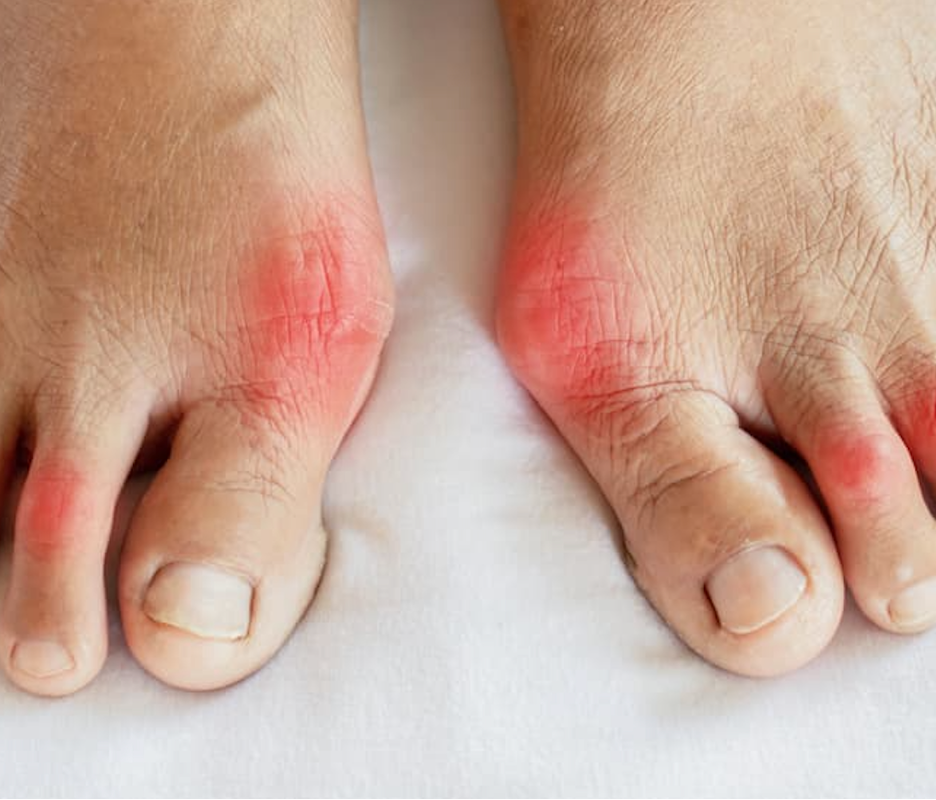Incidence of Gout did not Significantly Increase in Patients With Thalassemia
Investigators evaluated the link between gout and thalassemia using data from Taiwan's Longitudinal Health Insurance Database 2000 (LHID 2000).
Although rheumatological manifestations are common among patients with thalassemia, results of a recent study indicated that there was no significant increase in risk of gout in patients with thalassemia. Investigators suggest that future research should focus on the biological mechanisms of this connection, according to research published in Scientific Reports.1
Image Credit: Adobe Stock/doucefleur

“The correlation between thalassemia and some rheumatological and non-rheumatological autoimmune disorders is worthy of the attention of rheumatologists, as there may be significant differences in prognosis and treatment,” investigators explained.
As the link between gout and thalassemia, a hemoglobin (Hb) disorder categorized by a deficiency in the synthesis of at least 1 globulin subunits of Hb, has rarely been reported, investigators sought to examine this association in the retrospective cohort study.2 Data from Taiwan's Longitudinal Health Insurance Database 2000 (LHID 2000), which is comprised of approximately 1 million people, were extracted between 2000 and 2013. A control group was selected at a 1:4 ratio by sex and age. Demographics, diagnosis, treatment information, and clinical manifestations were collected.
Both univariable and multivariable Cox proportional hazard regression models were used to determine any link between the conditions as well as analyze the hazard ratio (HR) of gout diagnosis after thalassemia exposure. The secondary outcome was the risk of gout arthritis in patients receiving gout treatment.
In the age- and sex-matched cohort, most patients with thalassemia were females (62.03%) under 30 years of age (44.79%). The incidence rate of comorbidities, such as chronic liver diseases (12.53%), hypertension (12.29%), and affective psychosis (10.84%), was also higher in patients with thalassemia.
There were 138 (4.2%) cases of gout in patients with thalassemia compared with 500 (3.8%) cases in those without thalassemia. Males, older patients, and those with thalassemia and comorbidities had a higher risk of developing gout. The incidence of gout in the age- and sex-matched cohorts was 0.54 (95% confidence interval [CI] 0.50 to 0.59) in patients without thalassemia compared with 0.61 61 (95% CI 0.51 to 0.72) for those with thalassemia per 100 patient-years. After propensity score matching (PSM), which minimized the risk of confounding bias, the incidence rate of gout was 0.60 (95% CI 0.51 to 0.72) in the thalassemia cohort and 0.48 (95% CI 0.42 to 0.56) in non-thalassemia individuals.
According to the Cox proportional hazard regression, which adjusted for demographic variables and comorbidities, patients with thalassemia had no significant increased risk of gout arthritis (adjusted HR, 1.00; 95% CI: 0.80 to 1.25). Further, the Kaplan-Meier curve did not indicate a significant difference in gout arthritis incidence between the thalassemia group and the control group (P >0.05). The sensitivity analysis confirmed this result.
The large sample size with data on long-term incidence and comorbidities strengthened the findings. However, the LHID 2000 database did not include information on other factors, such as drinking habits, smoking status, anti-hyperuricemic therapy, and biochemical indicators, including hemolysis and serum uric acid level. Additionally, patients from other countries and of other ethnicities were not included in the study and therefore further analysis could not be acheived.
Although the diagnostic code of thalassemia could not be validated in Taiwan’s National Health Insurance Research Database (NHIRD) and there was no way to determine hemoglobin typing using medical claims data, the characteristics of patients with thalassemia in Taiwan’s NHIRD was comparable to a previous study conducted in Korea.
References
- Chen, JW., Xu, Q., Yang, PD. et al. Risk of gout attack not increased in patients with thalassemia: a population-based cohort study. Sci Rep 13, 2756 (2023). https://doi.org/10.1038/s41598-023-29709-3
- Paik, C. H., Alavi, I., Dunea, G. & Weiner, L. Thalassemia and gouty arthritis. JAMA 213(2), 296–297 (1970)